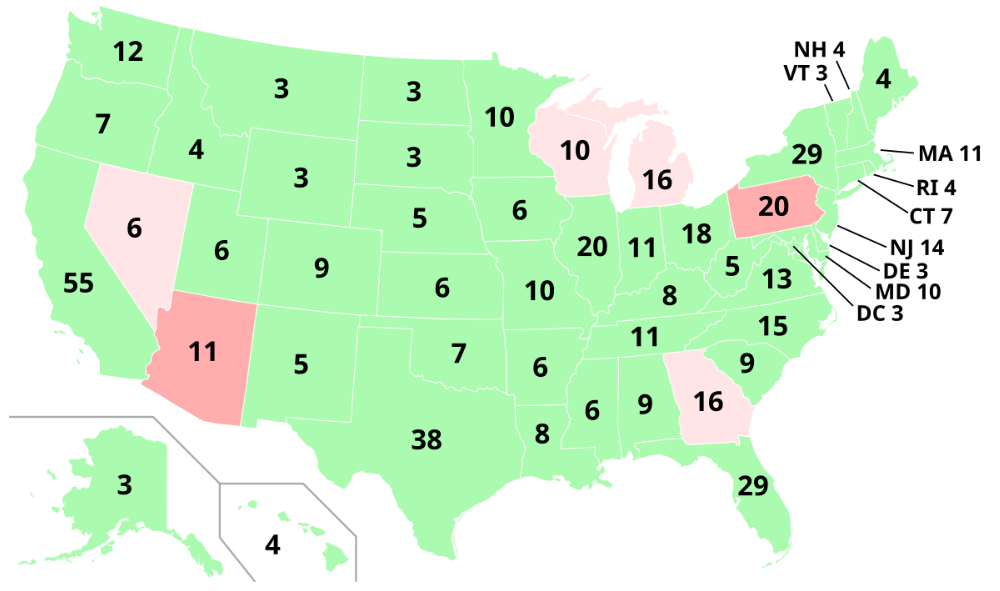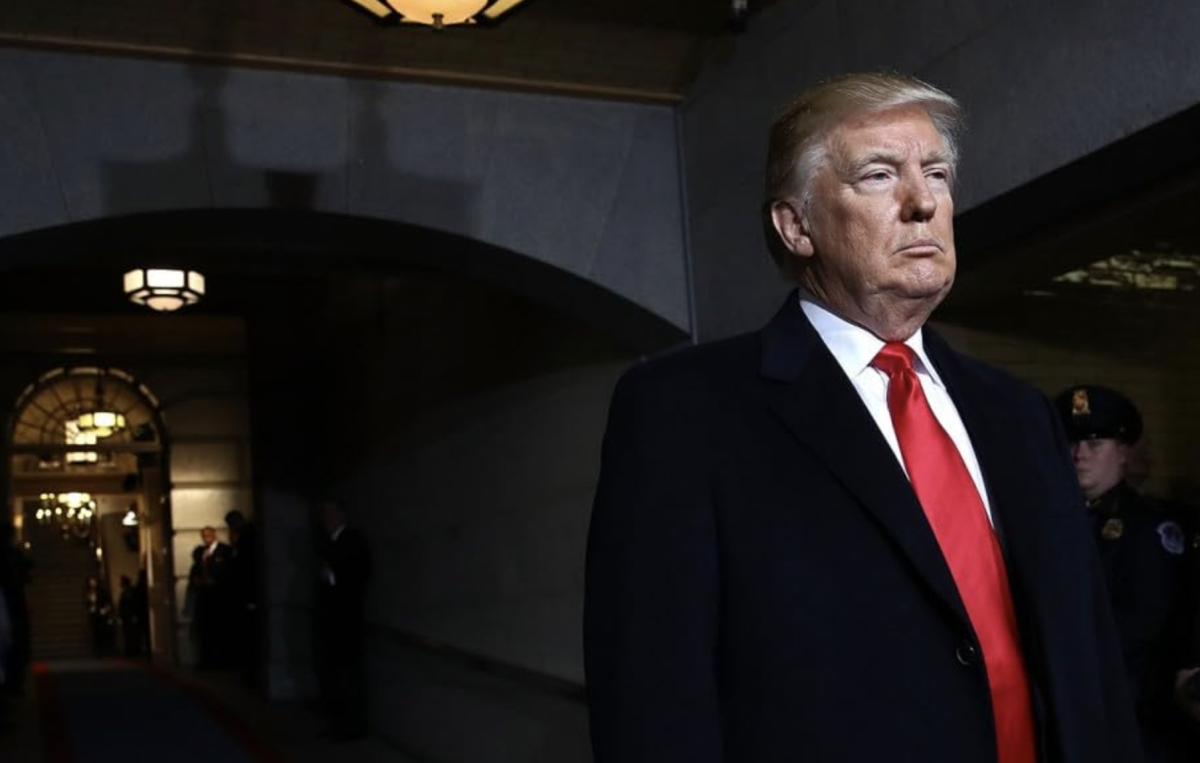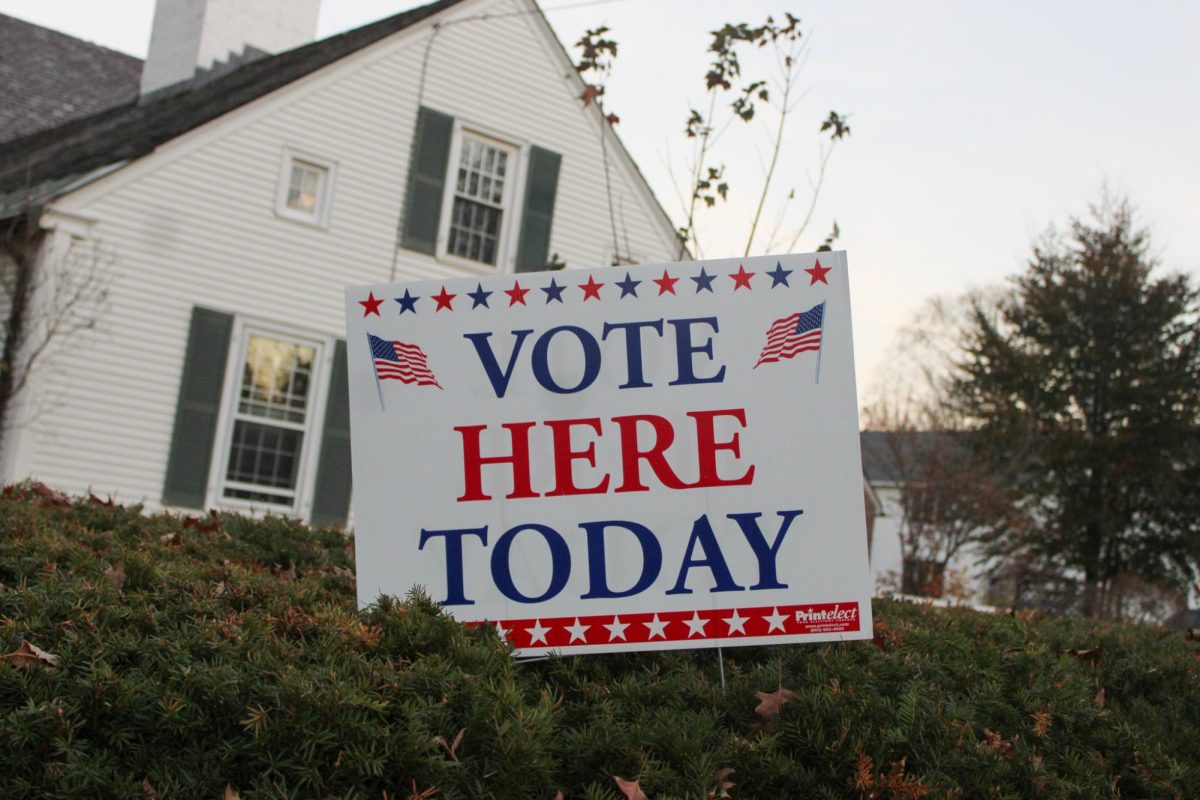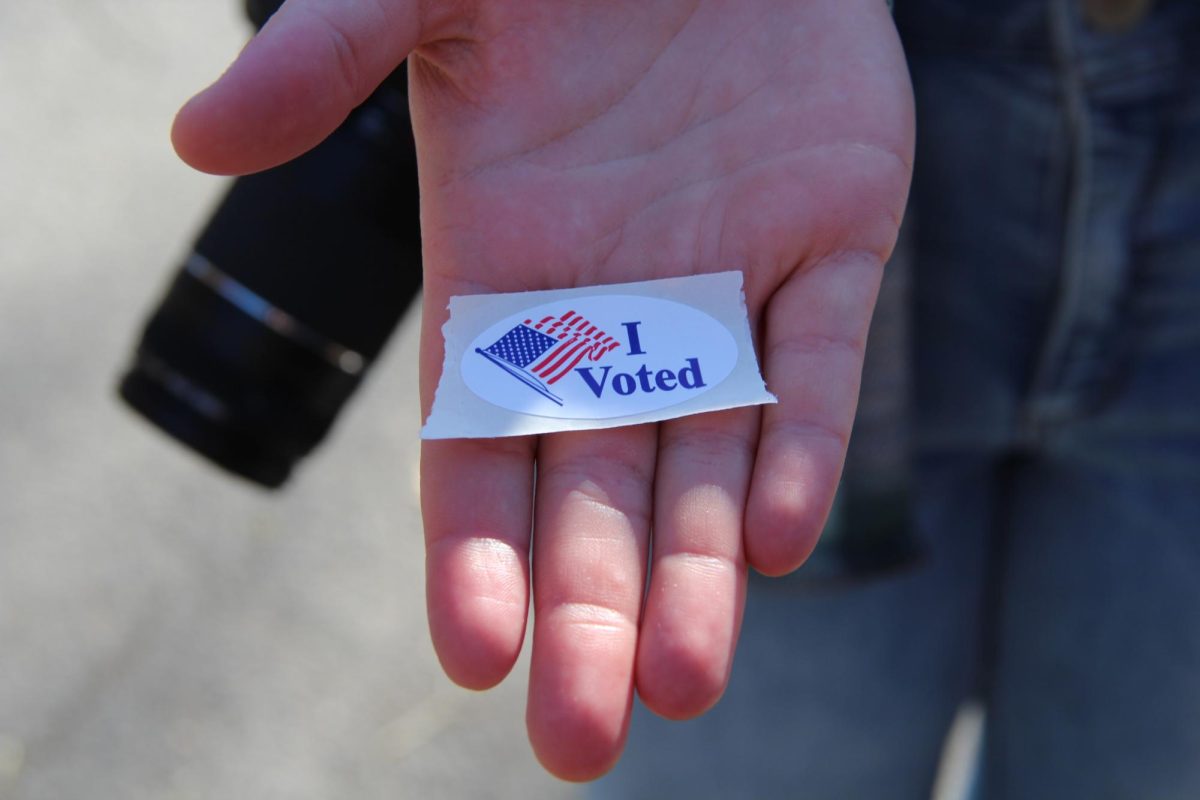On Nov. 5, 2024, Americans will vote across the country in the Presidential race between Vice President Kamala Harris and former President Donald Trump. After polls close, tens of millions of Americans will follow the results. But when will we know who won the presidential election? And what should we know before we follow the results?
Last cycle, the race was not called for President Biden until Nov. 7, four days after polls closed. This delay is not without precedent. In 2000, legal disputes over recounts in Florida dragged the election out to Dec. 12, over a month after election day.
The lag in results was partly driven by the unprecedented number of absentee ballots due to the COVID-19 Pandemic, which slowed down the ballot-counting process.
The election will likely come down to the seven states regarded as tossups: Arizona, Georgia, Michigan, Nevada, North Carolina, Pennsylvania and Wisconsin. Together, these states make up 93 electoral votes. Assuming all else remains constant, Democrats would have to win 44 electoral votes and Republicans would have to win 51 from that pool to win the presidency.
Polling in these states shows a wide open contest, and election night is unlikely to be a quick affair. Depending on the rules in each state, the ballot-counting processes may drag on for days.
Throughout the night, the superintendent of elections will release batches of returns that will be publicly available on supervisor of elections websites for states and counties. Although full results at each state are not officially approved for several weeks, various news outlets will “call” the race when it becomes statistically impossible for one candidate to win based on returns.
The Massachusetts Daily Collegian will be using the Associated Presses calls on election night.
In the last election, none of the states up for grabs this year were called on election night, with Arizona, Wisconsin and Michigan all being called by the AP the day after. Pennsylvania and Nevada were both called on Nov. 7, giving Biden the presidency.
North Carolina was called about a week later, and Georgia after that following a hand recount.
On election night in 2020, the quick release of Florida election results, showing a Trump victory, was a source of prognostication based on that result. While many of those predictions did not come to pass, the speed of a state contested that year was notable, and a model many states have turned to. By the time polls closed in Florida, the state had already counted its absentee ballots, easing the burden large numbers of voters choosing to vote by mail had.
Although absentee ballot numbers may be lower than in the last presidential election, many states have taken steps to speed along the process. Only two swing states remain that don’t count absentee ballots before polls close: Pennsylvania and Wisconsin. A call there may occur after election day, as in the last election.
Georgia, Michigan, Nevada and Arizona are able to process absentee ballots before election day, helping results come in sooner. North Carolina starts counting on election day, but early voting ballots are not able to be counted before polls close.
It’s unsure what these changes will mean, however, and the timing of calls will depend on when ballots come in.
Absentee Ballots may also lead some states to experience blue or red shift trends, where due to voting methods and geographic dispersion election results will very quickly shift. Generally, Democrats are more willing to vote by mail. More urban areas are usually more democratic, and more rural areas are more republican. Smaller counties are often in rural areas and are able to report their results quicker due to their size.
If a state’s result is close, a recount will occur either through an automatic triggering or request. This can stretch the timeline of elections, as with Georgia last cycle, but recounts rarely shift results by any significant margin.
On Election Night, it might take a long time for the full picture to be known. If, for example, Virginia flips red or Florida flips blue, that may be a sign of things to come. Viewers should try to be cautious with reading into early trends, however, as early results can be unrepresentative and random. Only when house races start to be called will we have a bigger picture.
The United States will hold elections on Tuesday, Nov. 5.
Daniel Frank can be reached at [email protected]




















